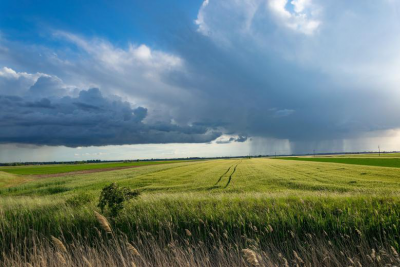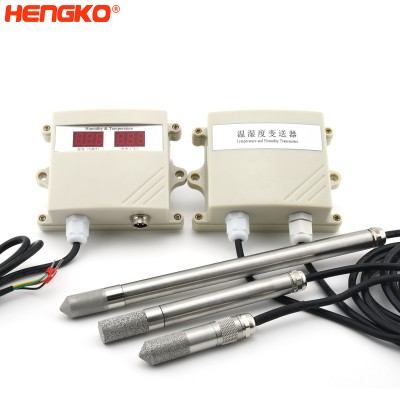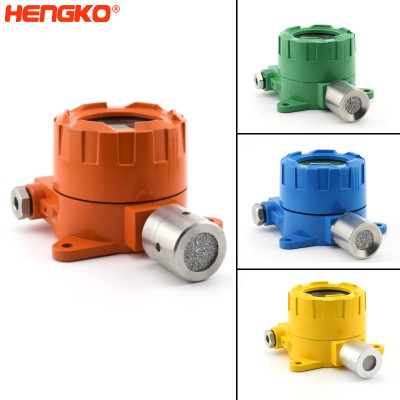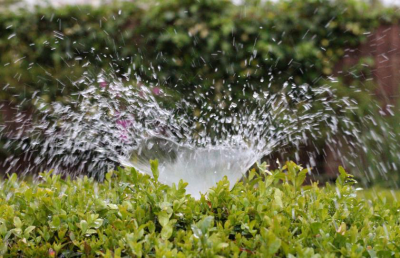What is Smart Agriculture
The recently released Opinions of the State Council of the Central Committee of the Communist Party of China on Comprehensively Promoting Rural Revitalization and Accelerating Modernization of Agriculture and Rural Areas proposes to implement digital rural construction and development projects, develop smart agriculture, establish a big data system for agriculture and rural areas, promote the deep integration of new-generation information technology with agricultural production and operation, and strengthen the digital and intelligent construction of rural public services and social governance.
The concept of smart agriculture evolved from computer agriculture, precision agriculture (fine agriculture), digital agriculture, intelligent agriculture and other terms, and its technical system mainly includes agricultural Internet of Things, agricultural big data and agricultural cloud platform and other three aspects. "Intelligent agriculture" is the use of modern high-tech Internet means to combine agriculture and technology. Fully modernized operation mode to change the traditional farming methods.

By 2020, the total population of the world's 230 countries will be nearly 7.6 billion. China is the most populous country in the world with 1.4 billion people, and India is the second most populous country with 1.35 billion people. What we need is to maximize and rationalize the use of limited land resources, increase food production, and achieve scientific, rational and sustainable development. As a result, intelligent agriculture was born, based on the original traditional agriculture, through the means of science and technology, rational planning and operation of farming mode.
First, Scientific, Phased Management
Through IOT technology, targeted management can be carried out in different planting stages of vegetables, so as to reasonably regulate the growth environment of vegetables.
The water, light, temperature and carbon dioxide concentration needed for vegetable growth can be monitored and adjusted in a timely manner through IOT. Intelligent agriculture can help farmers to develop the most reasonable management plan, so as to meet the growth needs of different kinds of vegetables. IoT technology has advanced by leaps and bounds, and sensors are widely used in agriculture and greenhouse greenhouses.
Farmers can install temperature and humidity sensors to measure the temperature and humidity in the soil to ensure that the vegetables are in the right temperature and humidity environment.
HENGKO has many models of temperature and humidity transmitters and temperature and humidity probes to choose from. For soil temperature and humidity measurement, HENGKO also has a handheld soil temperature and humidity sensor series available, with a long pole probe for handheld measurement, which is more convenient.
Stainless steel material can resist corrosion, more durable and not easy to damage, and the metal hardness is higher than plastic, copper and other materials, can be better inserted into the soil measurement.

What HENGKO Can Do More For Your Smart Agriculture Project
At the same time, you can install carbon dioxide sensors to measure the gas content of the greenhouse species.
The appropriate carbon dioxide concentration can increase the yield of vegetables, which is conducive to the health and increase of vegetable production.
In addition to carbon dioxide sensor, HENGKO also has to oxygen, carbon monoxide, hydrogen sulfide, combustible gas sensors, etc., to meet your various needs.
HENGKO industrial fixed gas detector is composed of gas probe + housing + sensor. HENGKO gas detector explosion-proof housing assembly is made of stainless steel 316L material explosion-proof piece and stainless steel housing or aluminum housing, which is sturdy and durable and provides maximum anti-corrosion protection and can be used in harsh explosive gas environment.

Second, Intelligent Pest Monitoring
Traditional pest monitoring methods are time-consuming and difficult to meet the actual needs of production. The pest monitoring and analysis system is a newly launched modern pest automatic measurement and reporting system, which uses knowledge and methods of biology, ecology, mathematics, system science, logic, etc., and uses modern light, electricity, numerical control technology, wireless transmission technology, Internet of Things and other technologies, combined with practical experience and historical data, to make predictions on future trends of pests and diseases, greatly improving labor efficiency and accuracy of monitoring results. To provide accurate and timely forecasting services for the majority of researchers and growers.
Third. Intelligent Manual Irrigation and Fertilization
Crops are inseparable from water. The right amount of water can make them grow up healthily, and it is not just irrigation when you want to irrigate, the right time interval and amount of water is conducive to crop growth. The rapid development of artificial intelligence, so that artificial intelligence learning technology can track the moisture content of the soil in real time, so as to know exactly when to provide water to the crops, saving time and energy and saving water. Not only intelligent artificial irrigation, but also fertilization. By detecting the soil to achieve precise fertilization, fertilizer utilization can be improved, reducing farmers' inputs and protecting the soil from acidification caused by over-fertilization.

Fourth, the Combination of Intelligent and Mechanical Harvesting
Many developed countries are using intelligent machinery instead of human agricultural labor, labor savings, agricultural production to achieve a high degree of scale, intensive, factory, China is also facing an important stage of the production of traditional agriculture and modern mechanical agriculture into each other, the future will gradually promote the main technical mode of each major crop production throughout the mechanization, will be more intelligent machinery will be put into agricultural production.
Post time: Apr-02-2021





